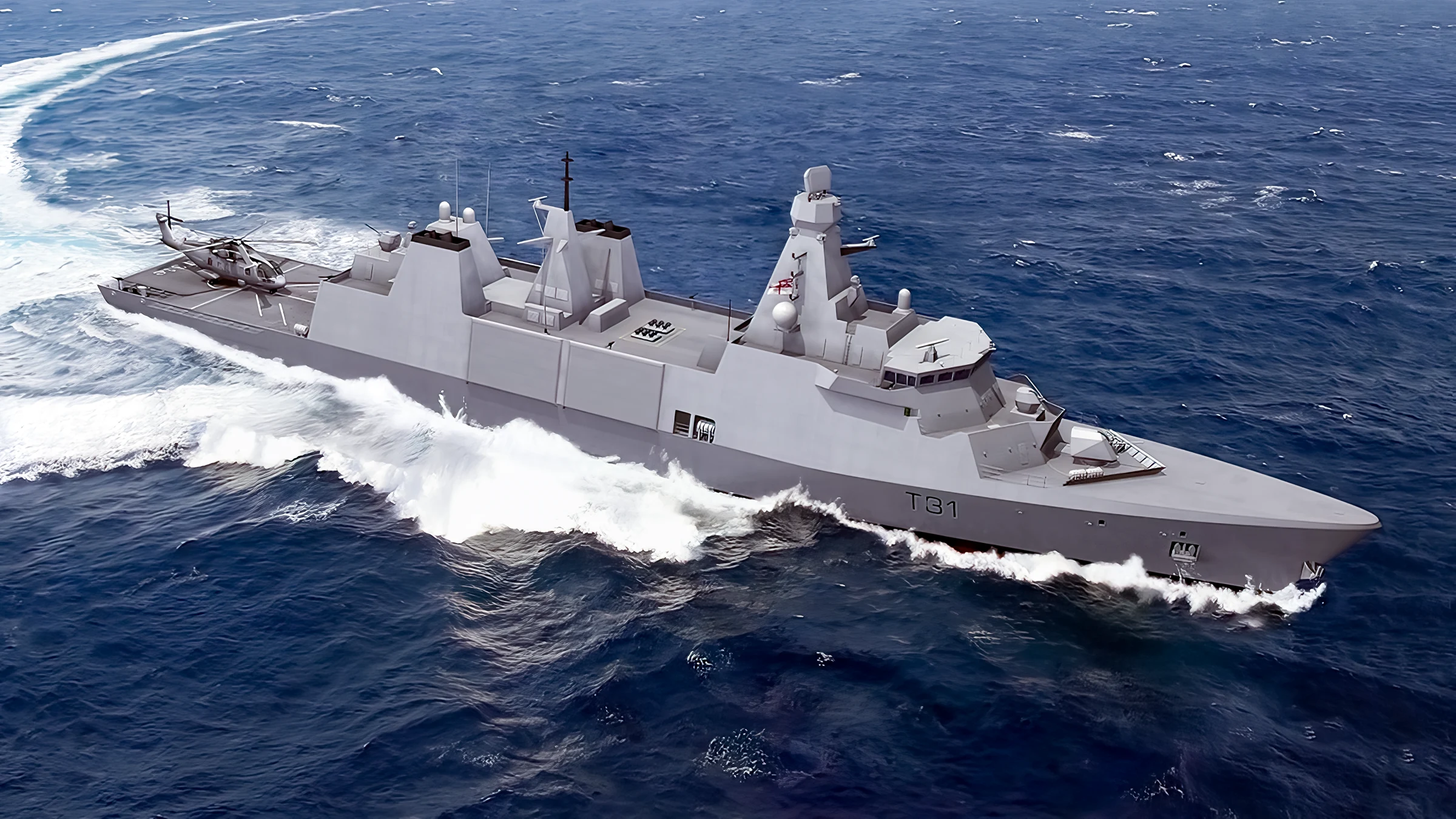Major trials passed by the Type 31 frigate HMS Venturer anticipate its early entry into service with the Royal Navy.
HMS Venturer, lead ship of the Royal Navy’s Inspiration-class Type 31 frigates, has recently successfully passed factory acceptance trials, marking a significant milestone on the path to operational status.
Under the leadership of Babcock, leader of the Team 31 consortium, construction of five general-purpose frigates for the Royal Navy is underway. The project is based on the Arrowhead 140 design and is managed under a £1.25 billion (approximately $1.59 billion) contract awarded in November 2019.
Thales, a key member of Team 31, is responsible for the implementation and coordination of the Type 31 mission system encompassing the combat system, integrated communications system (ICS) and integrated bridge and navigation system (IBNS).
According to the British contractor, the first Inspiration-class ship has successfully completed three main system-level factory acceptance tests, including an ICS evaluation last September. Later, in November, the TACTICOS battle management system was tested, consisting of the main radar, electro-optical sensors and fusion with the ship’s missile and artillery systems. IBNS factory acceptance testing was also successfully completed last year.
The accomplishment of these tests represents significant progress for HMS Venturer, bringing it closer to its official delivery.
“Our close collaboration with the Royal Navy and Babcock has been instrumental in successfully achieving this important milestone in the development of the Royal Navy’s new Type 31 frigates,” said Nigel McVeen, Managing Director of UK Naval Systems at Thales.
A total of five Type 31 frigates are being built for the Royal Navy. Additionally, five more variants will be manufactured for the Polish and Indonesian navies, delivered in three for the former and two for the latter.
Type 31 frigates: a revolution in British shipbuilding
The 5,700-tonne frigates play a key role in the UK’s national shipbuilding strategy, with plans to replace the Royal Navy’s aging Type 23 Duke-class frigates later this decade. They will operate in conjunction with the service’s eight Type 26 anti-submarine warfare frigates.
Babcock’s Rosyth shipyard facilities in Scotland have been the setting for the construction of these innovative warships, with the keel laying of HMS Venturer in April 2022, followed by construction of HMS Active in January 2023.
Scheduled to be commissioned in 2025, HMS Venturer will feature a flight deck for helicopter operations and bays for small craft. Its advanced weapons will include vertical launch systems for anti-aircraft and cruise missiles, including the famous SM-2, SM-3, SM-6, Tomahawk and SeaSparrow. Additionally, each Type 31 frigate will be armed with one medium-calibre Bofors 57 Mk3 gun and two small-calibre Bofors 40 Mk4 guns, providing a versatile and effective fire capability.
Delivery of five Type 31 frigates is due to be completed by 2028, marking significant progress in the modernization of the Royal Navy’s fleet.
A more compact crew for greater efficiency in Type 31 frigates
A distinctive feature of the Type 31 will be its operation with less than a third of the crew required by current ships, a measure designed to address the recruitment challenges facing the Royal Navy. These future warships would effectively operate with only 50 officers and sailors, whereas the crews of the Type 23 frigates would consist of 185 officers and sailors.
This adjustment in staffing reflects a historical trend towards smaller staff, which the Telegraph has highlighted. The age ranges from sailing with the frigate HMS Naiad and her 284 sailors during the Battle of Trafalgar in 1805, to over 300 crews on early steam ships such as HMS Amphion, and a reduction to less than 200 during World War II and the Cold War. Throughout the years, the Royal Navy has continued to adapt to the operational and technical needs of the moment.
A reduction of just 50 crew would not only increase operational efficiency but also improve living conditions onboard, offering more amenities and personal space for each sailor, improving the quality of life at sea. Will improve.
(TagstoTranslate)Frigate(T)Naval(T)Royal Navy

